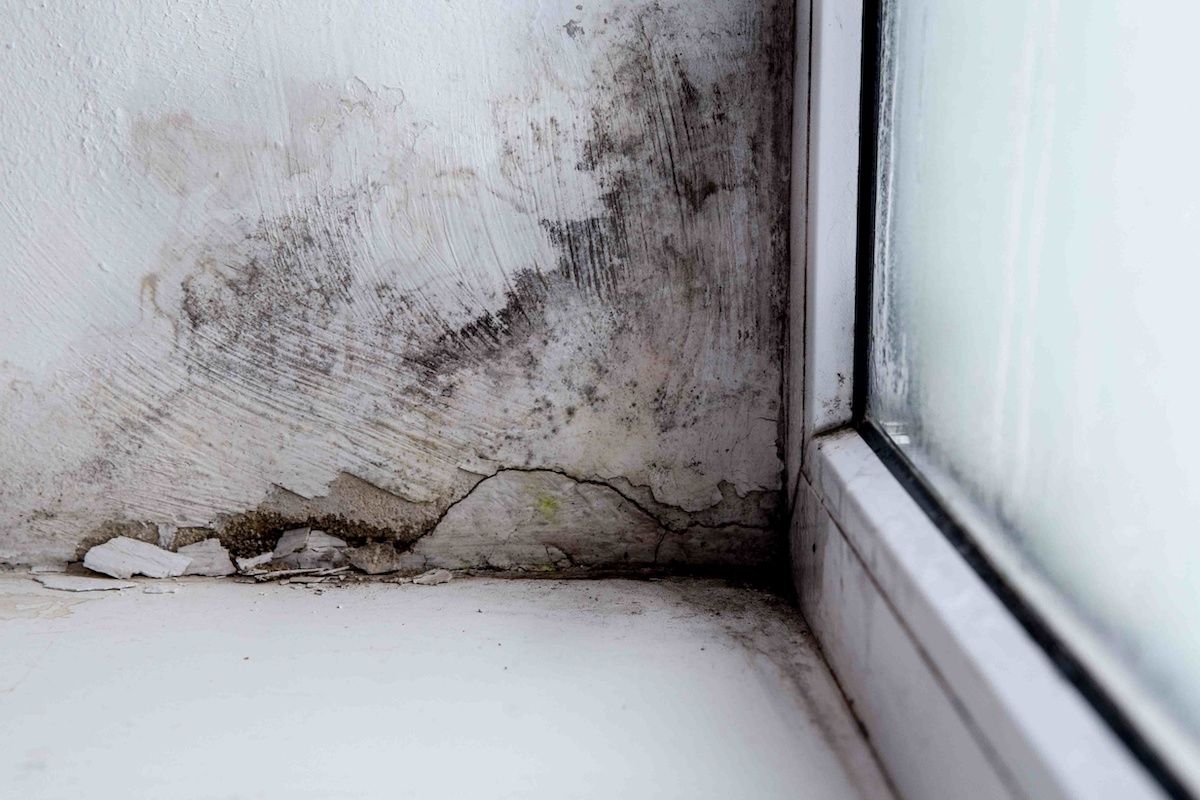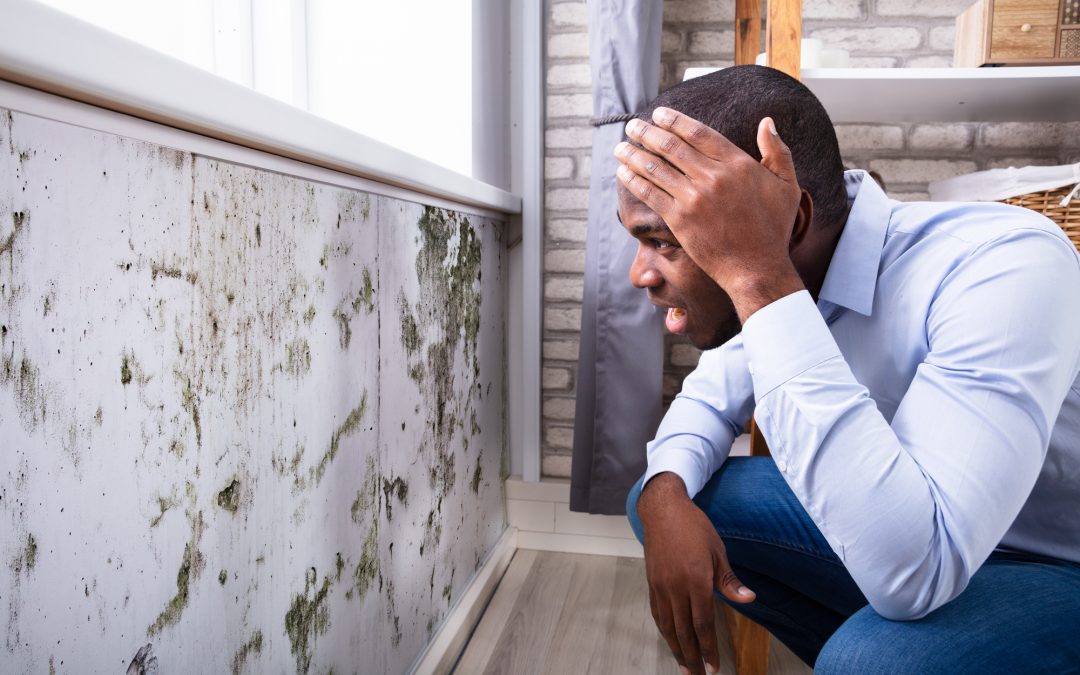Guidance on What to Do After Mold Remediation
Guidance on What to Do After Mold Remediation
Blog Article
Trick Tips for Successful Post Mold And Mildew Remediation
Successfully finishing mold remediation is a multifaceted procedure that requires focus to information and adherence to particular methods. These steps not only validate the success of the remediation initiatives yet also contribute to preventing future mold and mildew development.
Inspection of Treated Locations
Upon completion of the mold removal procedure, a detailed examination of the treated areas is crucial to make sure the efficiency of the remediation initiatives. This assessment functions as a crucial action in the post-remediation stage to confirm that the mold elimination and cleaning treatments were successful in removing the mold and mildew infestation and recovering a secure interior atmosphere. The inspection needs to be carried out by certified experts who have the proficiency to analyze the remediated locations meticulously.
These consist of visual evaluations to check for any kind of signs of mold growth or water damages, dampness levels to validate that the location is dry and totally free of excess humidity that could promote mold re-growth, and air high quality screening to make sure that the indoor air is secure to take a breath. Additionally, the inspection may include utilizing specialized tools such as moisture meters and thermal imaging cams to find surprise mold and mildew or wetness pockets that might lead to future mold problems if left unchecked.

Moisture Control Measures
Reliable dampness control steps are vital for stopping mold growth and keeping a healthy interior setting. To achieve this, it is crucial to address resources of moisture within the building. Appropriate ventilation is essential to controlling moisture levels. Setting up exhaust followers in shower rooms and kitchen areas can aid remove excess dampness. Additionally, utilizing dehumidifiers in wet areas can help in reducing moisture levels, making it harder for mold and mildew to thrive.
Frequently preserving the building and examining's outside can likewise avoid wetness breach. After mold remediation. Making certain that gutters are clear, downspouts straight water away from the structure, and the roofing system is in good problem can assist avoid water from seeping into the building. Correctly sealing doors and windows can likewise help keep moisture out
Any kind of spills or leaks must be cleaned up and dried out within 24-48 hours to avoid mold and mildew growth. By carrying out these moisture control steps, the danger of mold repeating can be significantly minimized, developing a healthier indoor atmosphere.
Correct Air Flow Assessment
An important aspect of making sure a healthy and balanced interior atmosphere article mold removal is performing an extensive evaluation of the ventilation system. Post remediation mold testing near me. Appropriate ventilation assessment plays a critical function in preventing future mold and mildew development and preserving air top quality within the afflicted room. During the assessment, experts assess the performance of the ventilation system, looking for any type of clogs, leaks, or breakdowns that might hinder appropriate airflow. It is vital to guarantee that the air flow system is sufficiently sized for the space it serves which it meets industry criteria for air currency exchange rate.
Furthermore, evaluating the air flow system consists of checking out the circulation of air throughout the location to determine any type of areas of poor circulation where moisture and contaminants can collect. Proper air flow not only aids in regulating humidity degrees however also aids in getting rid of air-borne mold spores and various other contaminants, consequently enhancing total interior air quality. By addressing any type of air flow issues publish mold removal, homeowner can create a much healthier and extra comfortable environment for occupants while decreasing the risk of mold and mildew re-infestation.
Cleansing and Disinfection Protocols
To make certain extensive mold and mildew removal, precise adherence to certain cleaning and disinfection protocols is crucial. Cleansing and disinfection protocols play an important role in the post-mold removal phase to stop the reappearance of mold and mildew development and ensure a healthy and secure setting. The initial step in this process is the elimination of any visible mold growth using appropriate cleaning representatives and methods. It is crucial to make use of EPA-approved fungicides and anti-bacterials to properly remove mold Website spores and prevent their regrowth.
After the initial cleansing, complete disinfection of the impacted locations is required to kill any kind of staying mold and mildew spores and prevent their spreading. This step is essential in preventing the spread of mold to various other components of the property. Additionally, carrying out precautionary procedures such as applying mold and mildew preventions and keeping proper ventilation can help reduce the threat of future mold and mildew problems. By following strict cleansing and disinfection protocols, building proprietors can make certain the effective obliteration of mold and mildew and produce a healthy indoor environment for occupants.
Surveillance and Maintenance Strategy
Applying a routine tracking and maintenance plan is crucial for guaranteeing the lasting efficiency of mold removal initiatives. Once mold remediation is completed, it is vital to establish a tracking timetable to evaluate the success of the remediation procedure.
In addition, creating an upkeep plan is essential to avoiding future mold and mildew issues. Normal upkeep not only aids in preventing mold and mildew yet also contributes to keeping a healthy indoor setting - Post Mold Remediation Report.
Final Thought
To conclude, successful post mold and mildew removal entails detailed evaluation of dealt with locations, execution of moisture control procedures, analysis of correct ventilation, adherence to cleaning and sanitation procedures, and establishment of a surveillance and maintenance plan. These key actions are important to make certain that mold growth is effectively gotten rid of and prevented from reoccuring in the future. By following these guidelines, home proprietors can maintain a healthy and risk-free setting for owners.
Upon conclusion of the mold and mildew removal procedure, a detailed inspection of the dealt with locations is necessary to ensure the effectiveness of the remediation efforts. These include visual assessments to check for any type of indications of mold growth or water damage, moisture degrees to validate that the location is totally free and dry of excess humidity that could advertise mold and mildew re-growth, and air top quality testing to make certain that the interior air is risk-free to breathe. In addition, the examination might include using specialized devices such as dampness meters and thermal imaging cams to discover hidden mold and mildew or wetness pockets that could lead to future mold and mildew issues if left unattended. By dealing with any kind of ventilation issues publish mold removal, residential or commercial property proprietors Find Out More can develop a healthier and more comfy atmosphere for passengers while minimizing the danger of mold re-infestation.

Report this page